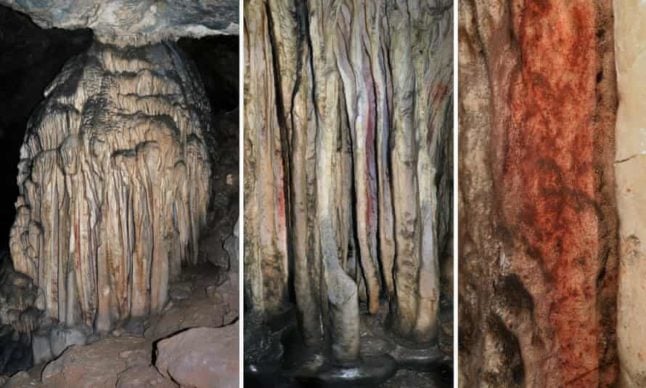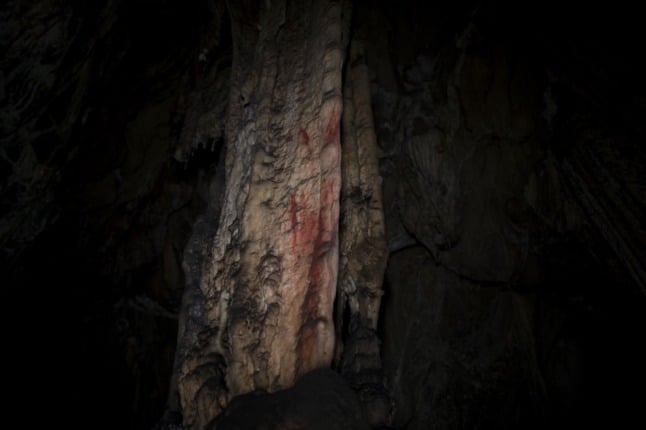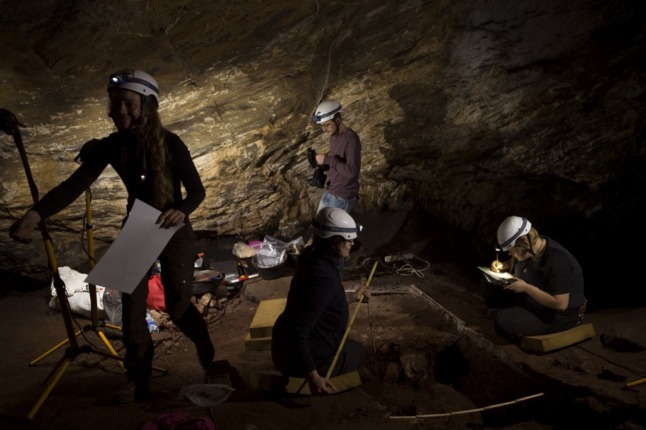The discovery was made by members of the non-profit organization Salerno 1943, which collects and preserves material relating to the Second World War, with the aim of educating younger generations about the reality of war.
“Our metal detectors revealed the presence of metal in the ground – in an initial survey, bullets and and belt buckles belonging to the British Army were found, and then some human bones,” the organization explained in a statement.
It has not yet been possible to identify the men because the nametags used by the British army were made of leather, which would have decomposed after so many years underground.
The volunteers are not even certain that the remains belong to two men: while this is their main hypothesis, it is also possible that the bones belonged to one single soldier, and were scattered across the area by the force of an explosion.
On September 9th, 1943, British forces landed in Salerno in what was called 'Operation Avalanche', while two parallel operations took place in Calabria and Taranto.
These operations followed the successful Allied Invasion of Sicily and a coup deposing Mussolini in July.
The area surrounding Salerno was named 'Pimple Hill' by British soldiers during the Second World War, and was heavily guarded by German troops.
Several English soldiers lost their lives in the area, and Salerno 1943 volunteers have so far recovered the remains of six soldiers from the former battlefield, a number which will rise to eight if Wednesday's find is confirmed by expert analysis.

Troops bringing artillery ashore during the invasion. Photo: US Navy/Public Domain
The searchers have informed Italian police of the find, as well as the British Casualty and Compassionate Centre and Defence Ministry.
“To respect the requests of the Casualty and Compassionate Centre, and to avoid further traumatizing any family members, we have chosen not to display the pictures of the human remains,” the organization noted.





 Please whitelist us to continue reading.
Please whitelist us to continue reading.
Member comments